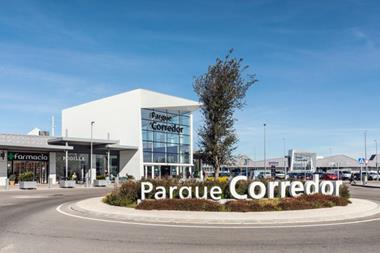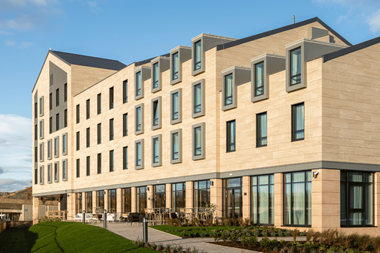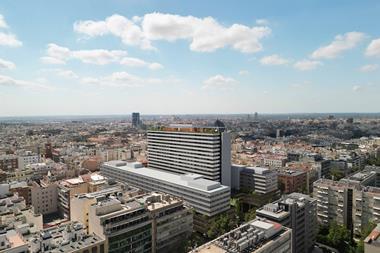A remarkable final spurt caused by the signing of some large contracts pushed Germany's commercial property investment volumes to above €25 bn this year, the best result in over five years.
A remarkable final spurt caused by the signing of some large contracts pushed Germany's commercial property investment volumes to above €25 bn this year, the best result in over five years.
This represents an 8% increase compared to the previous year.
'The willingness of investors to sign deals before the end of the year provided a fantastic boost to the transaction volume. The 2013 increase in the land transfer tax in markets including Frankfurt was a decisive factor here,' said Timo Tschammler, management board member at Jones Lang LaSalle Germany. 'We didn’t expect some of the transactions to be registered until 2013.'
According to Frank Pörschke, CEO Jones Lang LaSalle Germany, the extremely stable user market should provide a healthy basis for the investment market in 2013 as well. 'Interest rates remain low and are therefore still attractive for property investors,' he noted. However, in order to enable the transaction activity to benefit from these factors, Pörschke said that it is 'essential' that both equity investors and debt providers broaden their perspective and relax their rigid
focus on Core properties. 'Only then can there be significant growth in the investment volume.'
Foreign buyers accounted for a total share of around 42% of the transaction volume. Remarkably, the four largest transactions - all portfolio transactions - with a combined volume of almost €3.5 bn were realised by foreign investors (from Norway, the US, Austria and France). Since foreign investors also accounted for 41% of the transactions on the sellers’ side, the balance of purchases and sales remained roughly equal over the year.
The fixation on core investments by most investors led to competition for the supposed 'safest' properties. Since demand far exceeds the supply of these properties, and the new-building volume also remains at a low level, no significant increase in the supply of Core products can be expected.
The sale of two top properties (KaDeWe and Neues Kranzler Eck) for a combined €800 mln helped drive the total result to just shy of €4 bn.
On the buyer side, asset/fund managers formed the strongest group with an invested capital of around €7.1 bn (corresponding to a 28% share), followed by institutional investors such as insurers, pension funds and sovereign wealth funds (together with almost €3 bn, or a 12% share).
The yields for core properties remain low across all asset classes. As a result of the strong demand for property used for retail, prime yields for shopping centres declined year-on-year by 25 basis points in 2012, reaching 4.75%. Office property registered a 12-month decline of almost 20 basis points to 4.76% at present. Yields for high-quality office properties with good tenants in good secondary locations are around 80 basis points higher than yields for Core properties in top locations. The strong demand for logistics properties caused a slight decline in prime yields over the year by almost 15 basis points to 6.85% at present.
In 2013, prime yields are likely to stabilise at their current low levels for office as well as logistics and retail properties. 'Whether the strong final spurt in December is a prelude to more adventurous behaviour by investors remains to be seen,' concluded Pörschke. 'If the property market follows the financial markets, however, then the first auction of German government bonds this year would indicate an increased willingness to take risks, as these found only few buyers.'










